Optimal Timing for Arborvitae Pruning
Understanding the optimal timing for pruning Arborvitae is essential for maintaining healthy growth and appearance. Proper timing ensures minimal stress to the plant and promotes dense, lush foliage.

Pruning in early spring encourages new growth and helps shape the plant for the growing season.

Light pruning during summer can control size and remove dead or damaged branches.

Late fall pruning should be avoided to prevent stress before winter dormancy.

Ways to make Arborvitae Prunings work in tight or awkward layouts.

Popular materials for Arborvitae Prunings and why they hold up over time.

Simple add-ons that improve Arborvitae Prunings without blowing the budget.
Arborvitae, also known as Thuja, are popular evergreen shrubs valued for their dense foliage and vertical growth. Proper pruning practices are vital for shaping and maintaining their health. Timing varies depending on the desired outcome and local climate conditions.
Encourages vigorous growth and helps maintain shape.
Pruning before winter can expose plants to cold stress; late fall pruning is discouraged.
Using clean, sharp tools and making precise cuts promotes healthy regrowth.
Arborvitae can grow up to 3 feet annually with proper pruning and care.

Sharp shears and saws are recommended for clean cuts.

Regular pruning maintains vitality and aesthetic appeal.
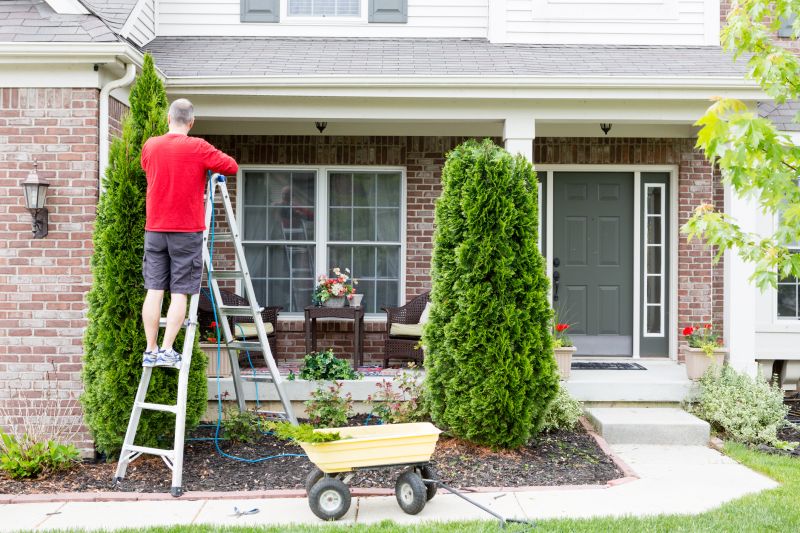
Proper timing results in dense, uniform growth.
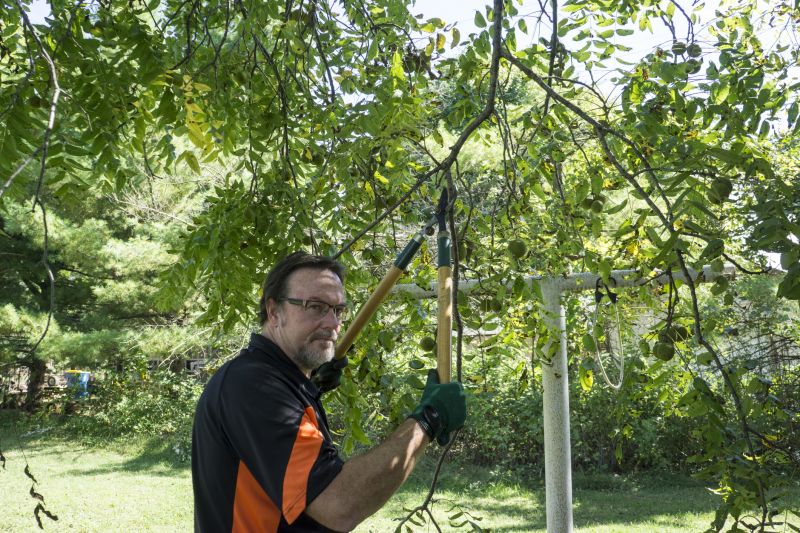
Monitoring growth patterns helps determine pruning schedules.
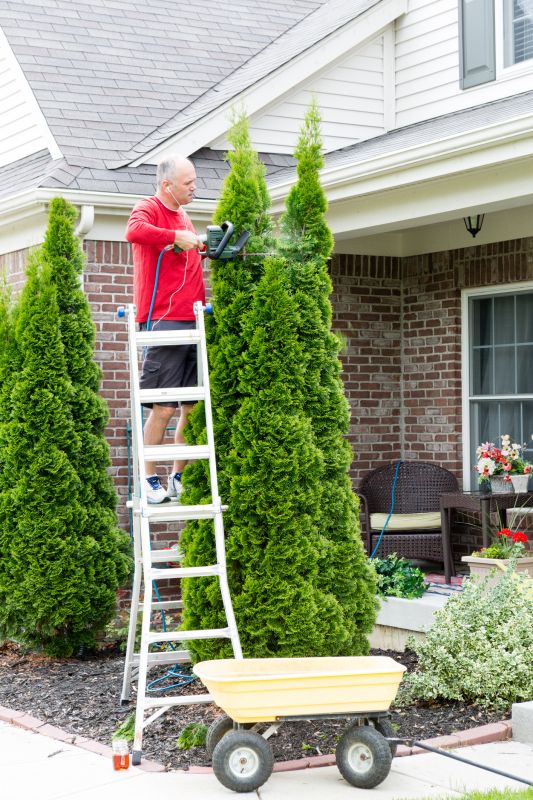
High-end options that actually feel worth it for Arborvitae Prunings.

Finishes and colors that play nicely with Arborvitae Prunings.
For optimal results, pruning should be aligned with the plant’s natural growth cycle and local climate conditions. Proper timing and technique can significantly influence the health and appearance of Arborvitae.
| Season | Pruning Recommendations |
|---|---|
| Spring | Major pruning before new growth begins; encourages dense foliage. |
| Summer | Light trimming to shape and remove dead branches. |
| Fall | Generally discouraged; can cause stress before winter. |
| Winter | Avoid pruning during coldest months; wait until late winter or early spring. |
| Late Spring | Optional light pruning for shaping after initial growth. |
| Early Summer | Monitor for dead or damaged branches needing removal. |
| Late Summer | Avoid to prevent new growth from being damaged. |
| Early Fall | Limited pruning if necessary; avoid heavy cuts. |
Timing for Arborvitae pruning depends on climate and specific plant needs. Properly timed pruning supports healthy growth, maintains aesthetic appeal, and minimizes stress or damage to the plant.
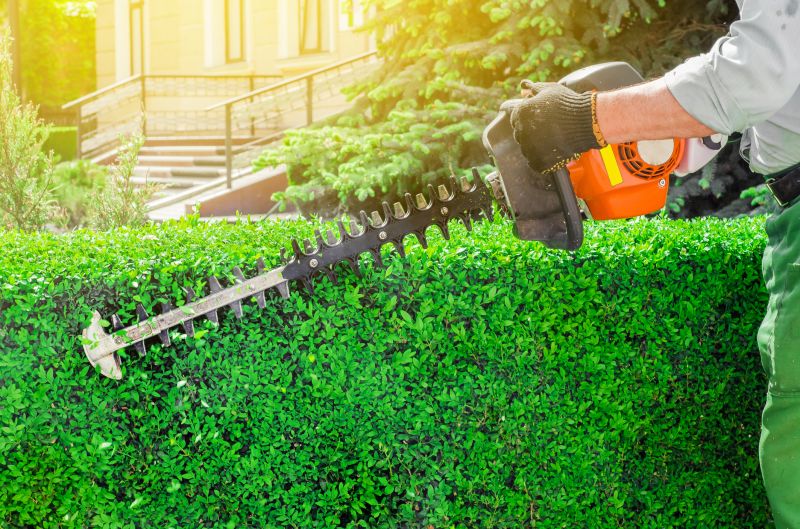
Well-maintained and pruned for optimal growth.
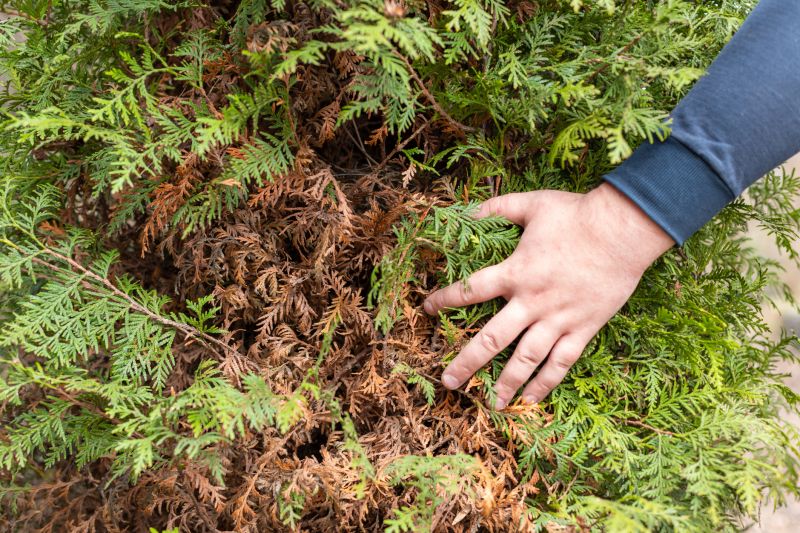
Careful trimming ensures plant health and shape.
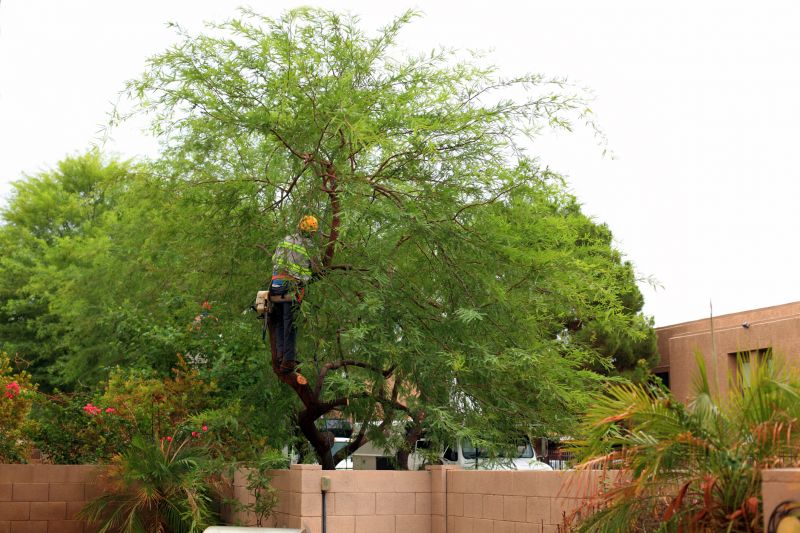
Adjust timing based on seasonal growth patterns.
Interested in maintaining or enhancing Arborvitae growth through strategic pruning? Contact for guidance or professional assistance to ensure best practices are followed for healthy, attractive plants.
